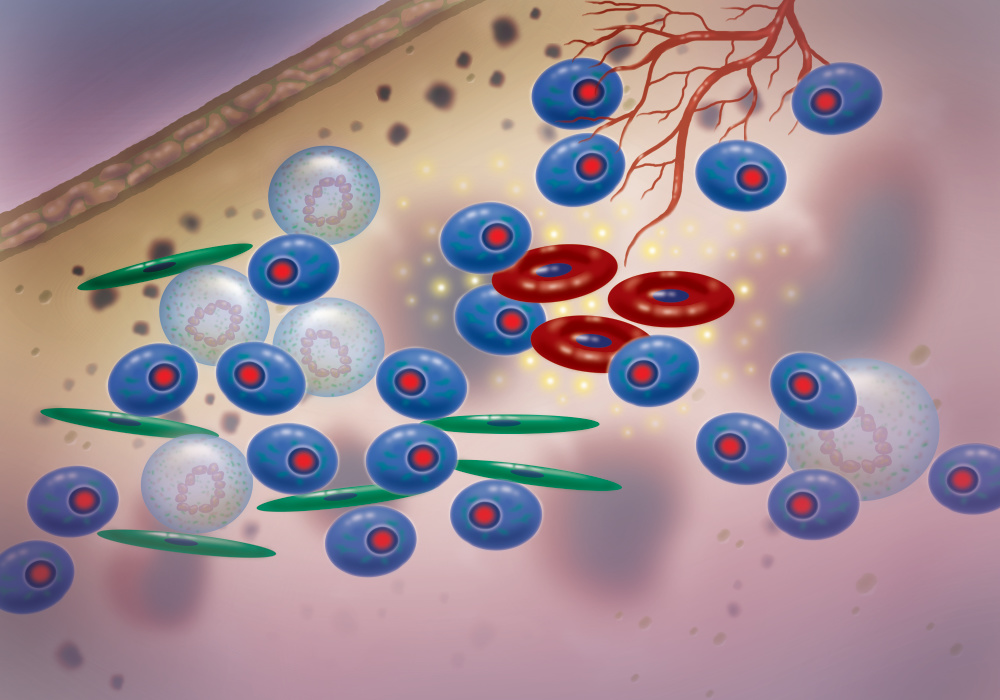A condition is considered precancerous if it consists of abnormal cells that have an increased risk of turning cancerous. In many cases, people with such conditions can take steps to reduce the chance that cancer will develop. Physicians may prescribe treatments to prevent the cancer or recommend monitoring the condition for signs that it is progressing toward cancer, with the goal of detecting a malignancy at its earliest, most treatable stage.
Precancerous conditions are often identified through routine screenings such as blood tests that are part of a standard physical exam. Other times, they’re found when an individual has a specific symptom or health issue.
Screening for precancerous conditions has become a routine part of medical examinations, especially as individuals age and become more susceptible to certain types of cancer. Pap tests, for example, which involve collecting cells from the cervix and examining them for abnormalities, can help identify women at risk for cervical cancer and are generally recommended for women beginning at age 21. In parts of the world where the Pap test is widely used, cervical cancer rates have dropped sharply.
Other precancerous conditions include:
Colon polyps
These nodule-like growths in the large intestine may develop into colorectal cancer. They can often be detected and removed during a colonoscopy, which is recommended for most people beginning at age 45.
Abnormal moles
Most moles, also known as nevi, do not require treatment. Those that grow bigger, change shape, or darken may be more likely to become skin cancer and should be examined by a physician, who can determine if they should be removed.
Smoldering multiple myeloma (SMM)
This is a condition in which high concentrations of abnormal plasma cells arise in the bone marrow and an abnormal protein called monoclonal protein appears in the blood. SMM produces no symptoms but can progress to multiple myeloma. It is often detected in a routine blood test and often isn’t treated until symptoms of myeloma appear.

Monoclonal gammopathy of undetermined significance (MGUS)
Like SMM, MGUS involves the presence of abnormal plasma cells in the bone marrow and a monoclonal protein in the blood, but the abnormal cells are fewer than in SMM. In some patients, it can progress to a blood cancer such as multiple myeloma, lymphoma, or Waldenström macroglobulinemia. Occasionally, it can cause nerve damage or kidney injury. Usually diagnosed as a result of a routine blood test, MGUS generally isn’t treated until symptoms of a cancerous condition or another complication appear.
Clonal hematopoiesis of indeterminate potential (CHIP)
Arising in more than 30 percent of people over the age of 80, CHIP results from genetic mutations in some blood-forming stem cells. People with CHIP generally don’t have symptoms or obvious abnormalities in their blood cell counts, but Dana-Farber research has shown the condition is linked to a 10-fold increased risk for all blood cancers and to an increased risk for heart attacks and strokes.
Ductal carcinoma in situ (DCIS)
Sometimes referred to as non-invasive breast cancer, DCIS is diagnosed when doctors find abnormal cells arising from and contained within the lining of the milk ducts but not in surrounding tissue. It is usually found during a routine mammogram, and treatment may include breast-conserving surgery combined with radiation therapy.
Barrett’s esophagus
Often diagnosed in people who have long-term acid reflux from the stomach, this condition typically involves tissue changes at the lower end of the esophagus, the tube that connects the mouth to the stomach. Many people with the condition experience no symptoms, but it increases their risk of esophageal cancer. Treatment may involve medications that reduce the production of stomach acid and, in some cases, removal of diseased tissue with a technique similar to that used for colon polyps. This condition requires close follow-up, generally consisting of periodic endoscopy to watch for any change that might indicate cancer.

I would add also head and neck precancerous conditions (I.e. leukoplakia, erythroplakia, proliferative leukoplakia, etc).
Thank you
Cervical dyspladia following DES exposure in utero